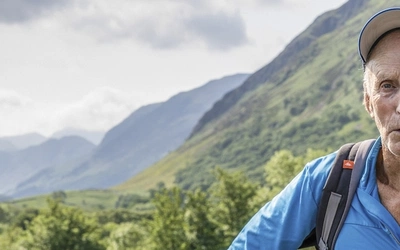
Article

Trail running is a rapidly growing sport. In the UK and Ireland, trail running follows marked trails and paths, while fell running is less constrained. Most trail and fell running involves running over long distances on mountainous terrain, and there can be significant ascents and descents both in the UK, and overseas.
11 Books Available
17 Articles Available